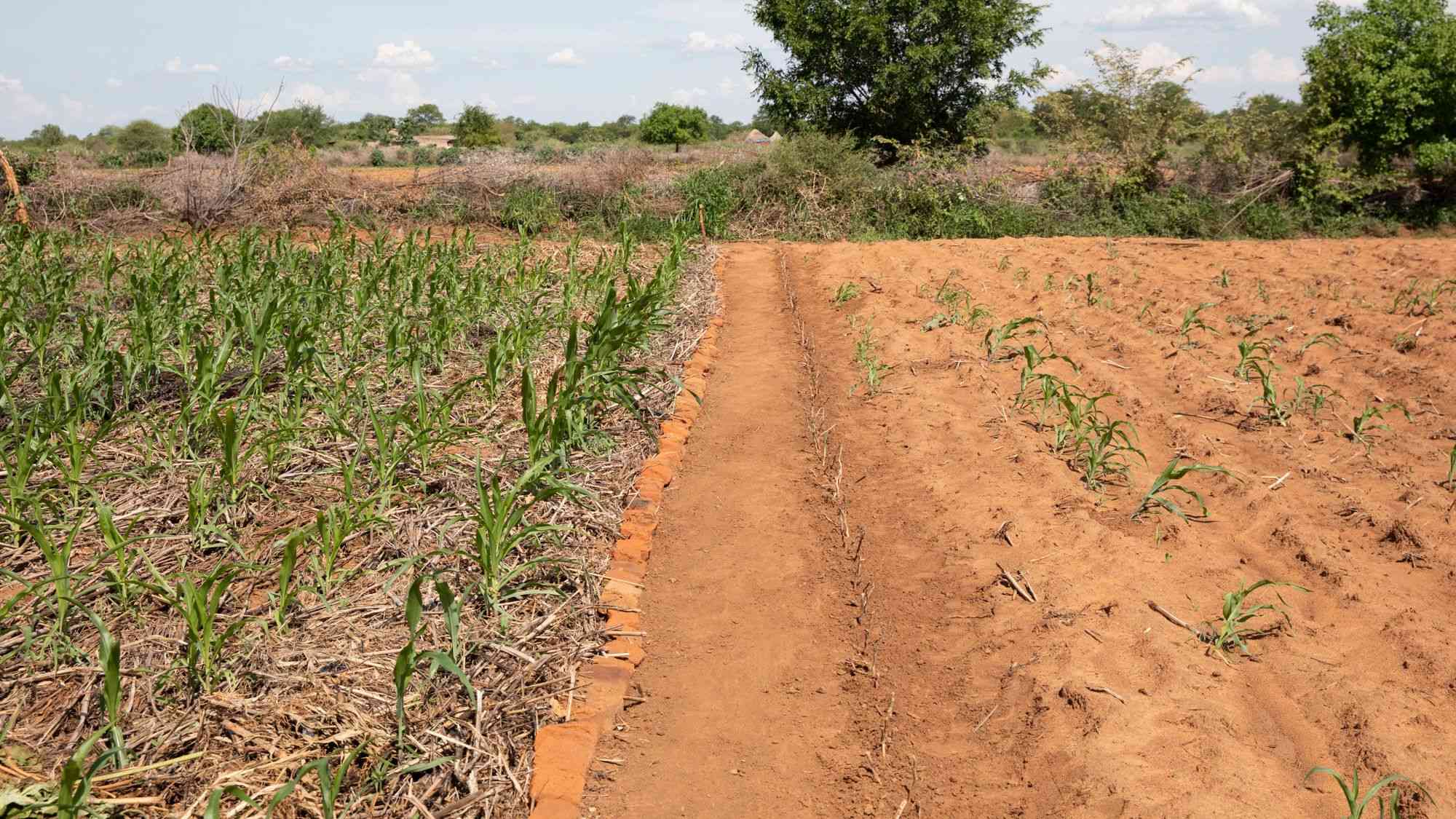
IN recent years, the world has witnessed the devastating consequences of climate change. Rising temperatures, extreme weather events, and changing ecosystems have not only posed a threat to the planet but have also had a profound impact on human health.
As the frequency and intensity of climate change-induced diseases continue to rise, health systems must be transformed to effectively cope with this new reality.The health implications of climate change are multifaceted and far-reaching. From the spread of vector-borne diseases like cholera, malaria and dengue fever to the exacerbation of respiratory conditions due to air pollution, communities around the world, Zimbabwe included, are facing a growing burden of climate-related illnesses.
The World Health Organisation (WHO) estimates that between 2030 and 2050, climate change will cause approximately 250 000 additional deaths per year.To address this crisis, building resilient health systems capable of adapting to the challenges should be prioritised. This requires a comprehensive approach that encompasses both mitigation and adaptation strategies.
Mitigation efforts should focus on reducing greenhouse gas emissions and promoting sustainable practices. By transitioning to clean energy sources, improving public transportation, and promoting eco-friendly agricultural practices, there will be a significant reduction in health risks associated with climate change.
Additionally, investing in renewable energy infrastructure would not only mitigate effects of climate change, but also improve air quality, thereby reducing the incidence of respiratory diseases.
However, even with the most ambitious mitigation efforts, the impacts of climate change are already being felt, and adaptation is essential. This entails strengthening healthcare infrastructure, enhancing disease surveillance and early warning systems, and improving the capacity of healthcare professionals to diagnose and treat climate-related diseases.
WHO notes that making healthcare facilities in vulnerable and fragile areas more climate-resilient involves implementing measures to address the specific risks and challenges posed by climate change.
Climate risk assessmentConduct a climate risk assessment to understand the specific climate-related hazards that healthcare facilities in vulnerable areas may face. This assessment should include factors such as extreme weather events, rising temperatures, flooding, and other environmental risks. It will help identify vulnerabilities and inform the development of appropriate resilience measures.
- Why are we still pitting jobs against public health?
- Jurgen Klopp: Liverpool manager signs new two-year contract extension at Anfield until 2026
- COP27: Zimbabwe’s opportunity to shine
- Shot in the arm for Chiredzi, Bikita communities
Keep Reading
Infrastructure designDesign or retrofit healthcare facilities to withstand climate-related hazards ensuring structural integrity to withstand strong winds, floods, or earthquakes. Implementing proper drainage systems, elevating critical infrastructure above flood levels, and reinforcing roofs and walls to enhance resilience. Incorporating passive cooling techniques and energy-efficient designs helps to mitigate the impacts of rising temperatures.
Reliable power supplyEstablish reliable and resilient power supply systems for healthcare facilities. Back-up power generators, renewable energy sources, or energy storage systems can ensure uninterrupted power during extreme weather events or power outages. This is crucial for maintaining critical medical equipment, refrigeration for medications, and the functioning of life-support systems.
Water and sanitationEnhancing water and sanitation infrastructure to ensure a reliable supply of clean water includes implementing rainwater harvesting systems, water treatment facilities, and proper waste management systems.











